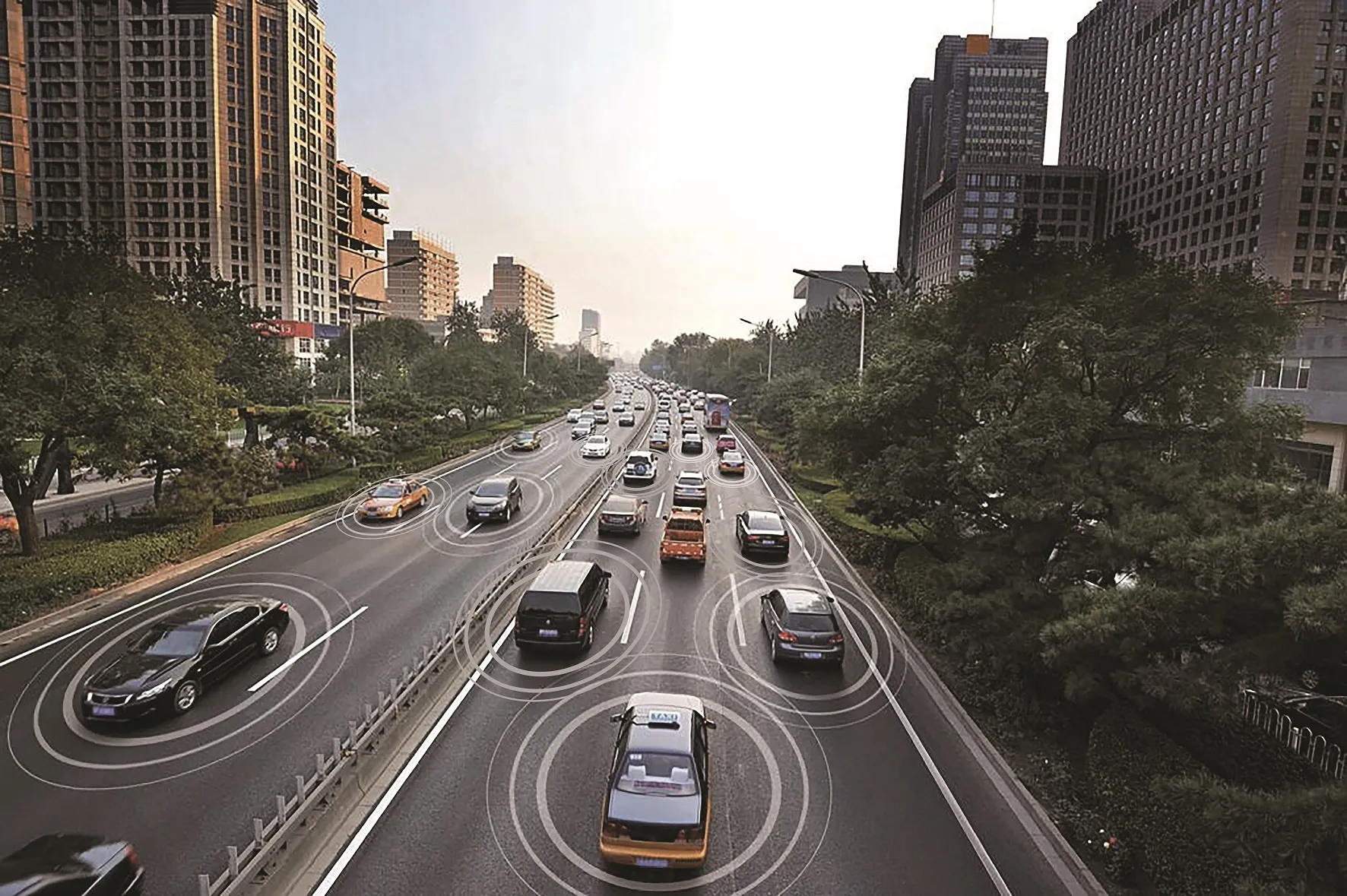VTT Technical Research Centre of Finland, Mobisoft Oy and the Finnish Meteorological Institute, with support from partners, have developed a communication system for drivers to inform them about weather and road conditions and prevent serious or fatal accidents. When there is snow or ice on the road, the risk of an accident is increased by a factor of 4.1 compared to normal conditions, according to research conducted at the Tampere University of Technology.
March 22, 2012
Read time: 2 mins
When there is snow or ice on the road, the risk of an accident is increased by a factor of 4.1 compared to normal conditions, according to research conducted at the Tampere University of Technology.
VTT and the Finnish Meteorological Institute, under the international WiSafeCar project and with support from partners, have developed a vehicle and traffic communication system aimed at improving traffic safety. This communication system was developed with Finland’s challenging climate conditions in mind.
The system allows vehicles to transmit traffic and weather observations to a traffic service centre, where the data are analysed and conveyed to other vehicles on the road, together with information on road conditions. The system also alerts drivers in case of imminent danger of an accident due to slippery road.
The project involved testing short-range data transfer compliant with the IEEE 802.11p standard, and long-range communication based on a mobile phone network. VTT says it believes this is the first pilot project in Finland to employ both mobile radio technologies at the same time.
The WiSafeCar project involves nine research organisations and companies in Finland, Luxembourg and South Korea; the project was started in 2009 and ends in March 2012. Commercialisation of the project results has been launched with traffic services development, and more results will be forthcoming over the next two years. The project consortium will continue to disseminate the results under a new project, CoMoSeF.







